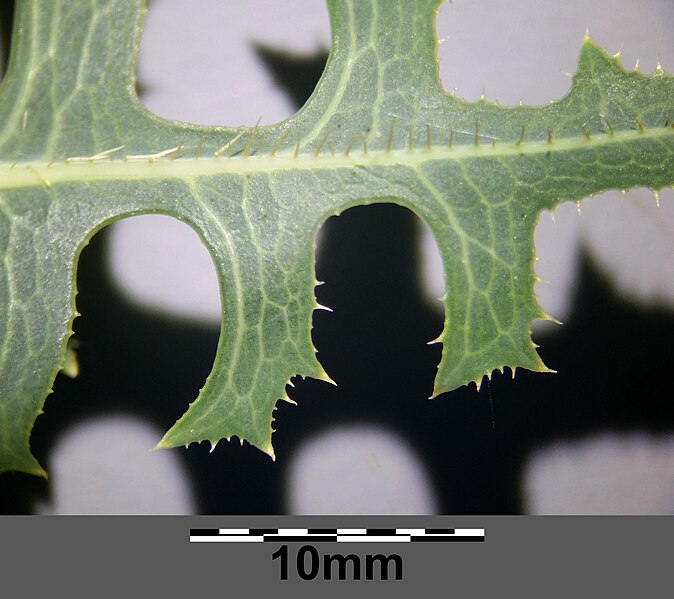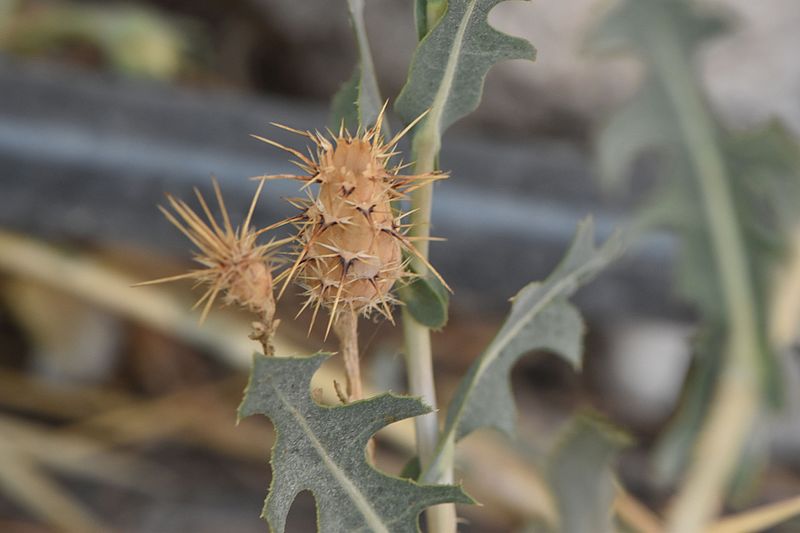Prickly Lettuce Identification – Lactuca serriola
Heads up
Prickly Lettuce, or Lactuca serriola, is a member of the Asteraceae family. Originating from Europe, it has managed to find its way to various parts of the world. Due to its resilient nature, it’s categorized as ‘weedy’.
Prickly Lettuce: Key Parts in Photos




Where to find it
This plant is quite adaptable. It enjoys the sun, but a bit of shade is okay, too. You might find it alongside roads, in fields, or places where the soil has been recently disturbed. It’s not picky and will also sprout up in waste areas. Generally, if there’s a patch of land that seems a little rough around the edges, Prickly Lettuce might decide to call it home. Typically, this plant can grow up to 6 feet tall.
How to identify Prickly Lettuce
At the top of the Prickly Lettuce, you’ll find a spray of small yellow flowers. This array of flowers is called a panicle, and it’s like a branching tree of tiny blooms. Before these flowers bloom, their clusters have a curve, making them look a bit like a shepherd’s hook. Each flower is about the size of a coin and can have up to 20 petals. At the very base of each flower, there’s a small tube-like structure formed by overlapping leafy bits.
Now, this is where Prickly Lettuce gets its name. The leaves are long, can be up to 12 inches, with edges that look like they’ve been nibbled on by a caterpillar. These edges, or lobes, can have tiny spikes or prickles. As you move higher up the plant, the leaves become smaller and might have fewer of those nibbled-on edges. One unique thing to note: where the leaf attaches to the stem, it has a kind of angular lobe that reaches out, clasping the stem. But there’s more: flip a leaf, and you’ll find a line of prickles running down the center on its underside.
Come the right season, Prickly Lettuce produces small brown seeds. These aren’t just ordinary seeds; they’re crowned with a soft white tuft of hair. When the wind blows, these tufts help the seeds float away, finding new places to grow.
